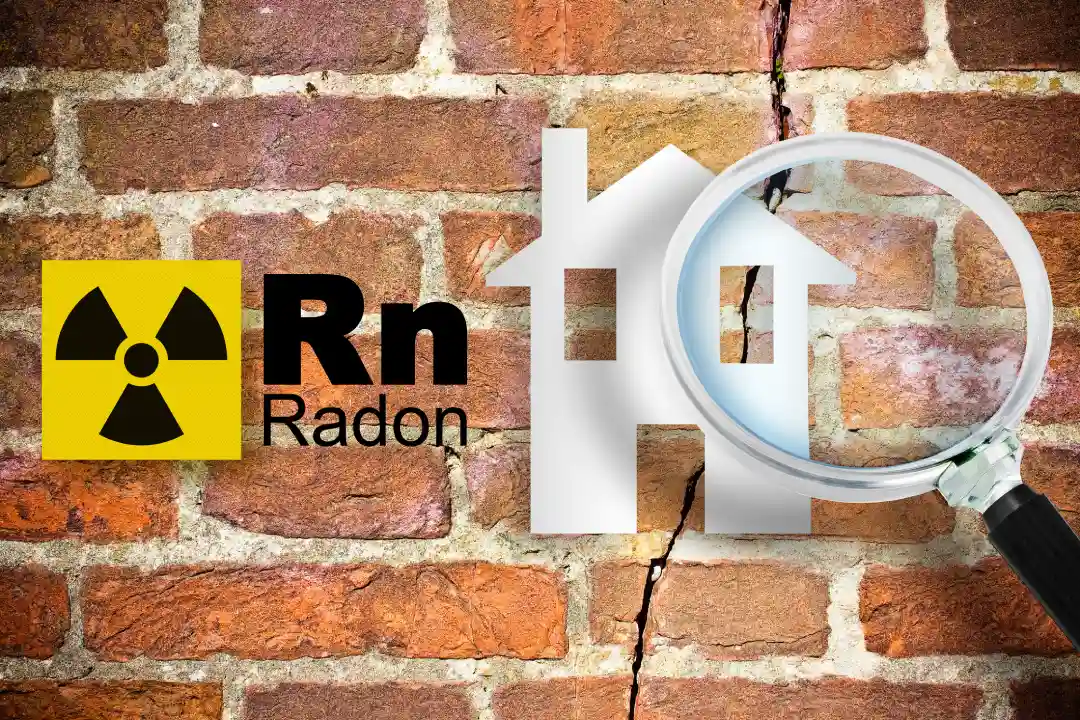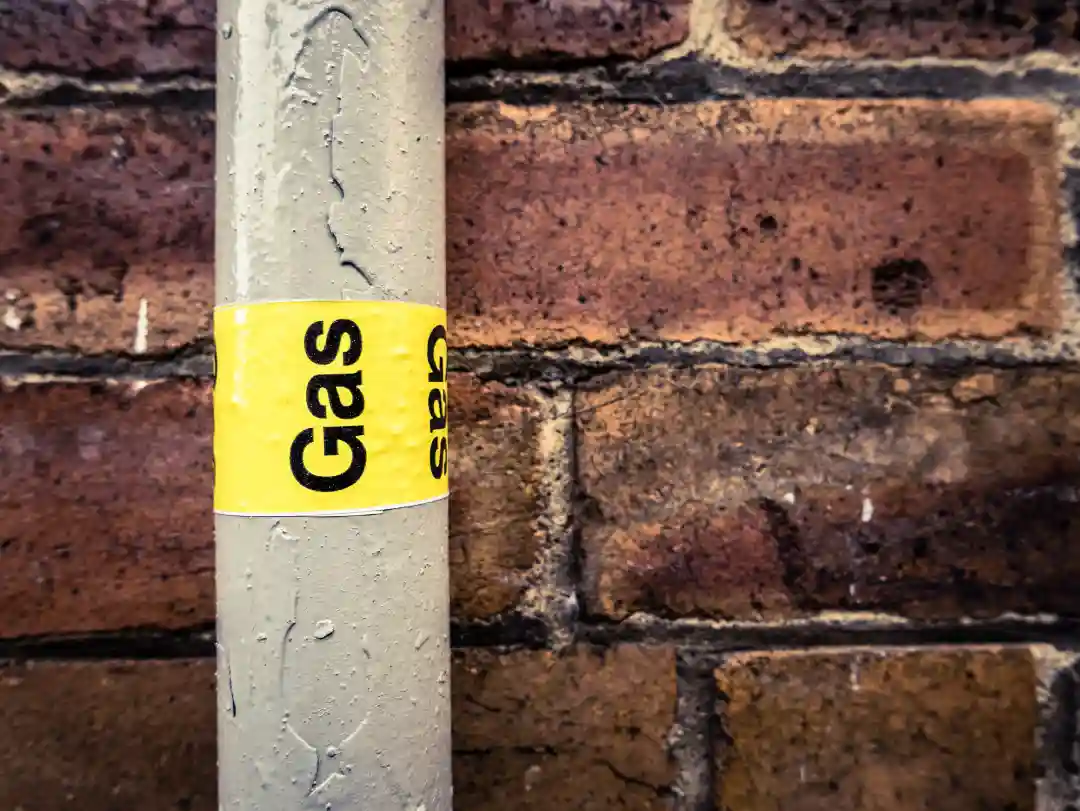Understanding the Steps in Ensuring Safe Indoor Air Quality
Conducting a reliable radon inspection is vital for ensuring safe indoor air quality. Radon, a naturally occurring radioactive gas, can accumulate in homes and buildings, posing significant health risks. Understanding the steps involved in this inspection process can help homeowners identify potential hazards and take appropriate measures to mitigate them. This article explores each phase of a trustworthy radon inspection, focusing on customer needs and providing actionable insights.

Why Radon Inspections Are Important
Radon inspections are crucial because they help detect radon levels in homes and workplaces. High radon levels have been linked to an increased risk of lung cancer. By identifying and addressing these levels early, you can protect your family’s health and ensure peace of mind. Regular inspections are especially important in areas known to have elevated radon concentrations.
Preparation for Inspection
Before conducting an inspection, it’s essential to prepare the site properly. Homeowners should ensure that all windows and doors remain closed at least 12 hours before testing begins. This step ensures accurate readings during the radon testing process. It’s also advisable to avoid using exhaust fans or any other devices that might affect ventilation during this period.
Using Qualified Professionals
Hiring qualified professionals is key to a successful radon inspection. Certified inspectors have the expertise to conduct thorough assessments and provide reliable results. They use specialized equipment that accurately measures radon levels. Additionally, their experience helps in recommending effective mitigation solutions if high radon levels are detected.
The Testing Process Explained
The actual testing involves several steps carried out by trained experts. Initially, inspectors will set up radon detectors in various parts of your home, especially in basements or ground floors where radon accumulation is common. These detectors stay in place for a specific period to collect data on radon levels effectively.
Interpreting Results Accurately
Once the data collection phase is complete, inspectors analyze the results to determine the average concentration of radon within your home. If the levels exceed recommended limits, further action is necessary. Solutions may involve improving ventilation or installing specialized systems designed to reduce radon concentrations effectively.
Implementing Mitigation Strategies
- Install sub-slab depressurization systems: These systems reduce radon entry by creating a vacuum effect beneath your home’s foundation.
- Improve building ventilation: Increasing airflow through natural or mechanical means dilutes radon concentrations indoors.
- Seal cracks and openings: Sealing gaps in floors and walls prevents soil gases from entering living spaces.
Considering Costs and Benefits
The cost of a radon inspection varies based on factors like location and property size. However, investing in such inspections offers long-term benefits. Detecting and addressing radon issues early can prevent potential health problems and increase property value by ensuring a safer living environment.

Your Path to Improved Indoor Air Quality
If you’re concerned about radon levels in your home, don’t hesitate to reach out. Our team at Envirohealth and Testing specializes in comprehensive radon inspections. Located in Smyrna, GA, we serve clients with professionalism and dedication. Contact us at (404) 726-2564 to schedule an inspection today and ensure your family’s safety with our expert services.